Equity Gaps
A joint venture project by The Southeastern Illinois College Strategic Planning Committee, the Division of Institutional Effectiveness, and the Office of Institutional Research.
Equity Gaps refer to the student success gaps faced by marginal groups, which limit equitable outcomes for our students.
Early in the process of redesigning the College’s 5-year Strategic Plan, glimpses of patterns, trends, and layers of data collection highlighted a data gap pertaining to student outcomes. As early Strategic Initiatives were adopted into the plan (I. Advance Student Success, and 3. Foster a Supportive, Inclusive, and Modern Learning Environment), Sub-initiatives, along with Operational Planning goals were immediately researched, adopted, and engaged to better understand our data capacity, our pragmatic and institutional capabilities, and most importantly our student success. The migration to a data visualization software utilizing Tableau, along with an increase in institutional grant support created a unique opportunity for the College to follow the slogan of our 5-year plan and to keep Moving Forward Together.
An equity gap is when an unequal learning outcome exists between equal groups. In June 2022, Illinois Governor JB Pritzker signed into law HB 5464 amending the Illinois Board of Higher Education Act to include institutional practices to increase access, retention, and completion, for traditionally underrepresented groups in higher education such as minorities, rural students, low SES, adult students, women, and individuals with disabilities. The amended law also requires collaboration with Southeastern’s immediate state governing body, the Illinois Community College Board (Robbins Schwartz, 2022).
The purpose of the Equity Gaps Dashboard is to provide visualization of data analysis that clearly identify noticeable data gaps in our student success outcomes. This demonstrates an institutional commitment to secure academic equity for all students.
The data contained in the public dashboard is summary data only and will not contain any identifiable student data. The data is intended to generate professional and open discussions that will lead to pedagogical and andragogical adjustments that are designed to decrease noticeable equity gaps for student success. The data is a tool for faculty, staff, administrators, actually for all of those with stake in the success of our students and the future economic vitality of our region.
As we find ourselves in the early stages of our first encounter with data visualization, real-time analytics, with a keen interest in developing meaningful improvements for student success outcomes, the College also recognizes the multitude of the task before us and what will appear at times to be slow progress toward change. As a small, rural community college located in a broadband internet desert with a shrinking population and growing rates of students not attending nor desiring a post-secondary credential we view this as our Mission for a public good. The ability to do good when given extraordinary power to do so is the story of American higher education. Our story is no different than the thousands across our vast country. Ensuring those voices are heard is just a start.
